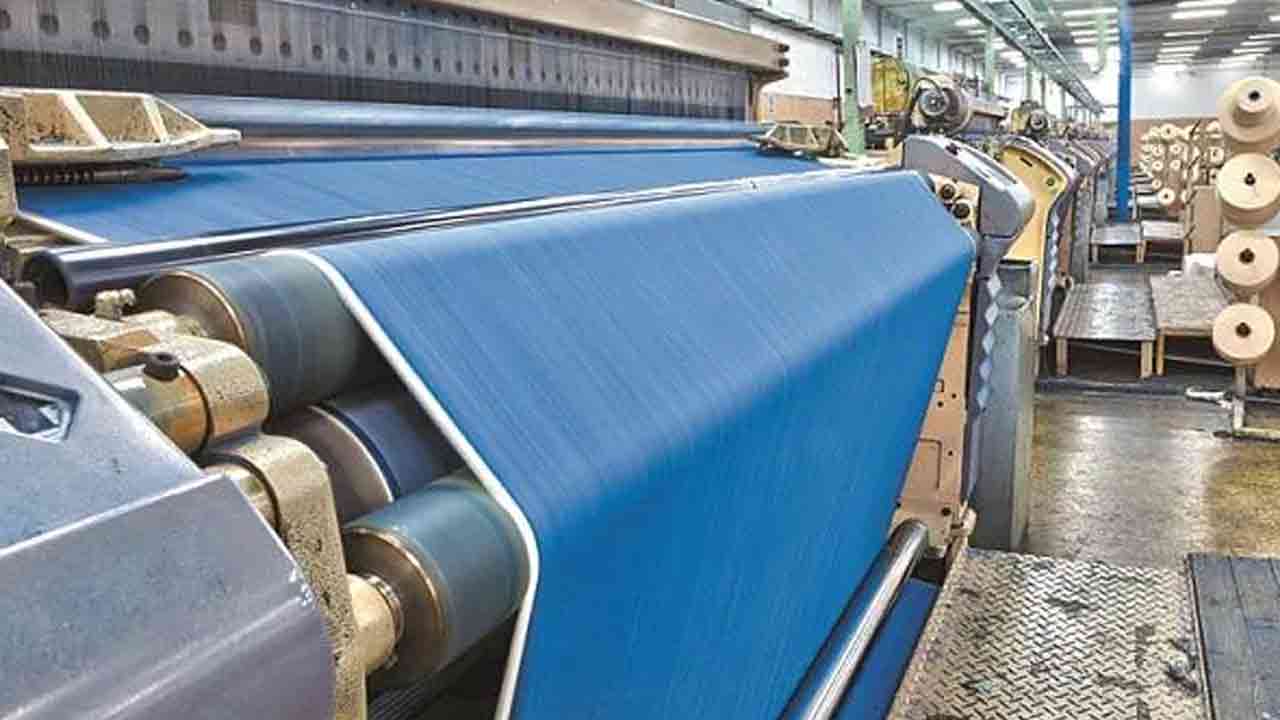Textile Sector: Knitting up encouraging profit growth

Last Updated: 14th December 2022 - 03:33 am
The key growth drivers of this sector are the availability of raw materials, presence of entire value chains, skilled labour, and large and continuously growing domestic and international markets.
The textile industry in India is one of the country's oldest industries. It excels across the entire value chain, from fibre to yarn to fabric. It is highly diversified, with products ranging from traditional handloom, handicrafts, wool, and silk to the organized textile industry. Each Indian region has its distinct textile industry. For example, Andhra Pradesh's Kalamkari textile, Varanasi's Banarasi silk, Lucknow's Chikankari embroidery, and so on.
The industry faced a complete shutdown for a long period due to the first and second waves of pandemic. On account of uncertainty across the market, international and domestic buyers cancelled their orders. Disrupted logistics and frozen external trade caused due to the pandemic affected the entire value chain alike.
The market fell nearly 30% from USD 106 billion in 2019-20. The Indian textile market was estimated at USD 75 billion in 2020-21. It is expected to recover and grow at a 10% CAGR from 2019-20 to reach USD 190 billion by 2025-26. India’s textile exports reached USD 33.5 billion in 2019-20. Due to the impact of the pandemic, India’s exports are expected to fall around 15% to reach USD 28.4 billion in 2020-21. It is expected to grow to USD 60 billion by 2025-26, growing at a CAGR of 11%.
India is the world's largest consumer and producer of cotton, with 126.14 lakh hectares under cultivation. It is the world's second-largest producer of polyester, silk, and fibre. Furthermore, after agriculture, the Indian textile sector is the second-largest employer in the country. It employs 4.5 to 5 million people in allied industries, including 35.22 lakh handloom workers across the country.
Outlook
The government has allocated Rs 12,382 crore for the textile sector under the aegis of the Union Budget 2022-23. The government has set aside Rs 133.83 crore for the Textile Cluster Development Scheme and Rs 100 crore for the National Technical Textiles Mission from this sum. The government intends to spend Rs 15 crore on the PM Mega Integrated Textile Region and Apparel Parks Scheme and the Production Linked Incentive Scheme, respectively. In addition, the government allocated Rs 17,822 crore between FY 2016 and FY 2022.
The government has also allowed 100% foreign direct investment (FDI) in the sector under the automatic route. The highest contributors to FDI in the textile sector of India from April 2016 to March 2021 include Japan, Mauritius, Italy and Belgium.
Indian textile companies have already planned investments for future capacity expansion, seeing the future potential. Significant investments have been announced by companies such as Trident, Welspun, KPR Mills, Indo Count, Raymonds, and Mafatlals in areas such as home textiles, denim, and garments. Large Indian players, on the other hand, such as Arvind Mills, Welspun India, Alok Industries, and Raymonds, have established themselves as "quality producers" in the global market. This recognition would enable India to strengthen its position among global retailers.
To encourage textile exports, the government has developed several policies. The Handloom Export Promotion Council (HEPC) is participating in various international events with handloom exporters to expand their global reach for handloom products. Despite the pandemic, India's home textile exports increased at a healthy 9% in FY21. Rs 10,683 crore PLI Scheme is expected to be a major boost for textile manufacturers. It proposes to incentivize manmade fibre (MMF) apparel, MMF fabrics, and 10 technical textile product segments.
Financials
To gain a financial overview of the textile sector, we have analyzed 41 major companies. Page Industries Ltd, Vedant Fashions Ltd and Trident Ltd were the top three companies in terms of market capitalization.
FY22 was a golden year for the textile sector as almost all the companies, after recovering the prior losses, posted positive growth numbers YoY in terms of revenue, EBIDTA and PAT. During FY22, the total net sales of these companies jumped by 53.46% as compared to FY21 and the total operating profit also surged by 86.4% YoY. Also, the total net profit soared by 3,697.23% YoY.
The major contributors to this commendable growth were Vardhman Textiles Ltd and K.P.R. Mills Ltd as these companies recorded a net profit of Rs 1,511.54 crore and Rs 841.84 crore, respectively. On the flip side, Bombay Dyeing and Alok Industries Ltd were the sector draggers as companies incurred a huge loss of Rs 460.45 crore and Rs 207.62 crore, respectively.
- Performance Analysis
- Nifty Predictions
- Market Trends
- Insights on Market
Trending on 5paisa
Market Outlook Related Articles
Disclaimer: Investment in securities market are subject to market risks, read all the related documents carefully before investing. For detailed disclaimer please Click here.
 5paisa Research Team
5paisa Research Team
 Sachin Gupta
Sachin Gupta




